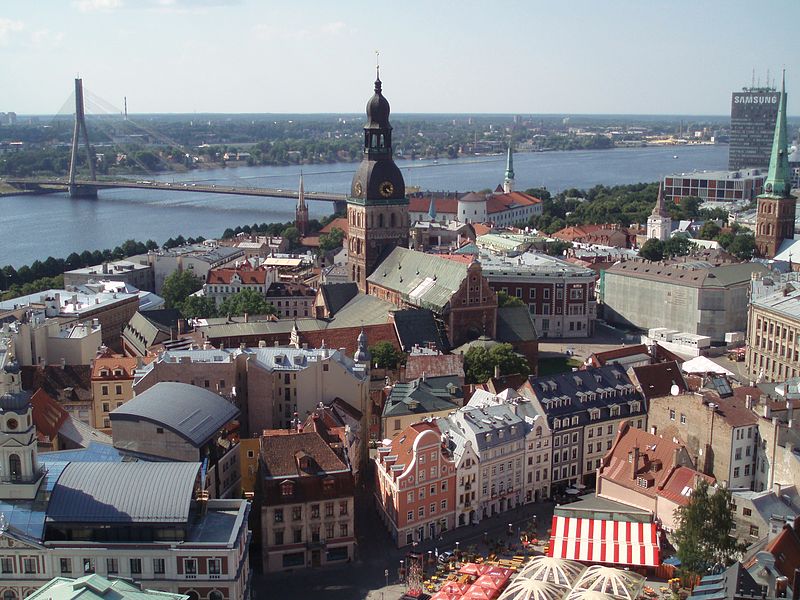
A NATO command centre with a staff of 40 will be located in Riga, according to Latvian Defence Minister Raimonds Vejonis (Union of Greens and Farmers) in an interview with Latvian State Television this morning.
The cost of running the NATO command centre will be covered by funding from various sources, including from the state budget, said Vejonis.
“We have to decide by June on the offices for the new institution, although the command centre will become fully operational only next year when the next NATO summit is held in Warsaw,” said Vejonis.
The minister also said that the precise cost of the NATO command centre in Latvia is yet to be calculated, and that it has not yet been decided where exactly in the capital the centre will be located.
As reported, the new NATO command centre in Latvia will be up and running next year, and a total of 40 soldiers from Latvia’s National Armed Forces and from allied countries will work at the center. Several countries have already expressed interest in participating in manning the bases.
The Defence Ministry points out that it is prepared to ensure everything necessary to make sure the new base become operational. A new building will not be constructed especially for the centre, but work has already begun to adapt nearby buildings to fit the needs of the new base.
As previously reported by LETA, NATO agreed last Thursday to dramatically boost its defenses with six command centers in Eastern Europe and a spearhead force of 5,000 troops, to counter what the alliance called Russian aggression in Ukraine.
France, Germany, Italy, Spain, Poland and Britain agreed to take the lead in forming the spearhead rapid reaction force, which would be available to deploy within a week in a crisis, according to NATO Secretary General Jens Stoltenberg.
The six “command and control” centres to support the forces deployed will be in Estonia, Latvia, Lithuania, Poland, Romania and Bulgaria, in addition to a corps headquarters in Szczecin, Poland, he added.
The new 5,000-member spearhead force will involve member nations having troops ready to deploy within a few days in case of a crisis, with each taking it in turns to lead the force for one year.




